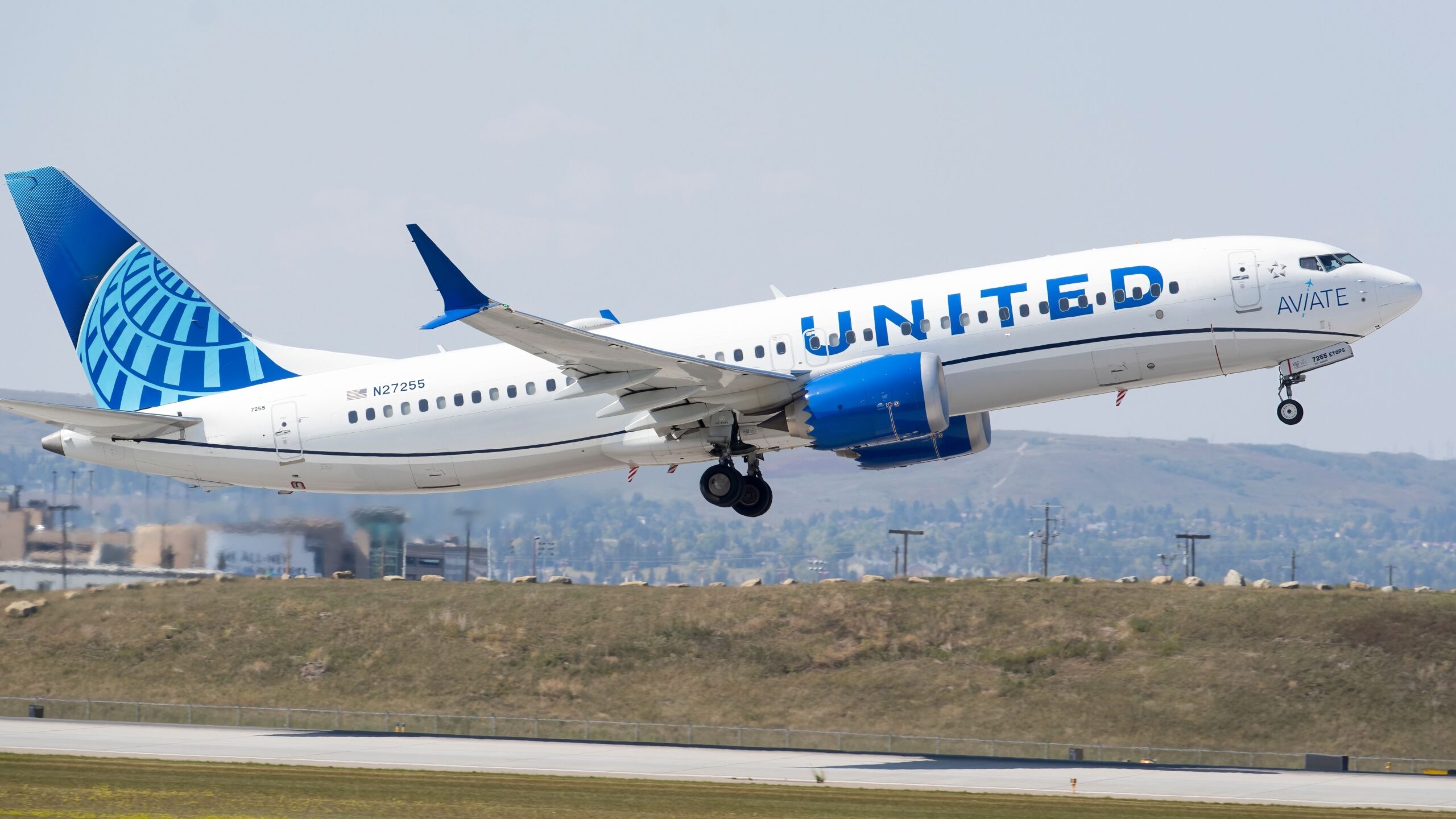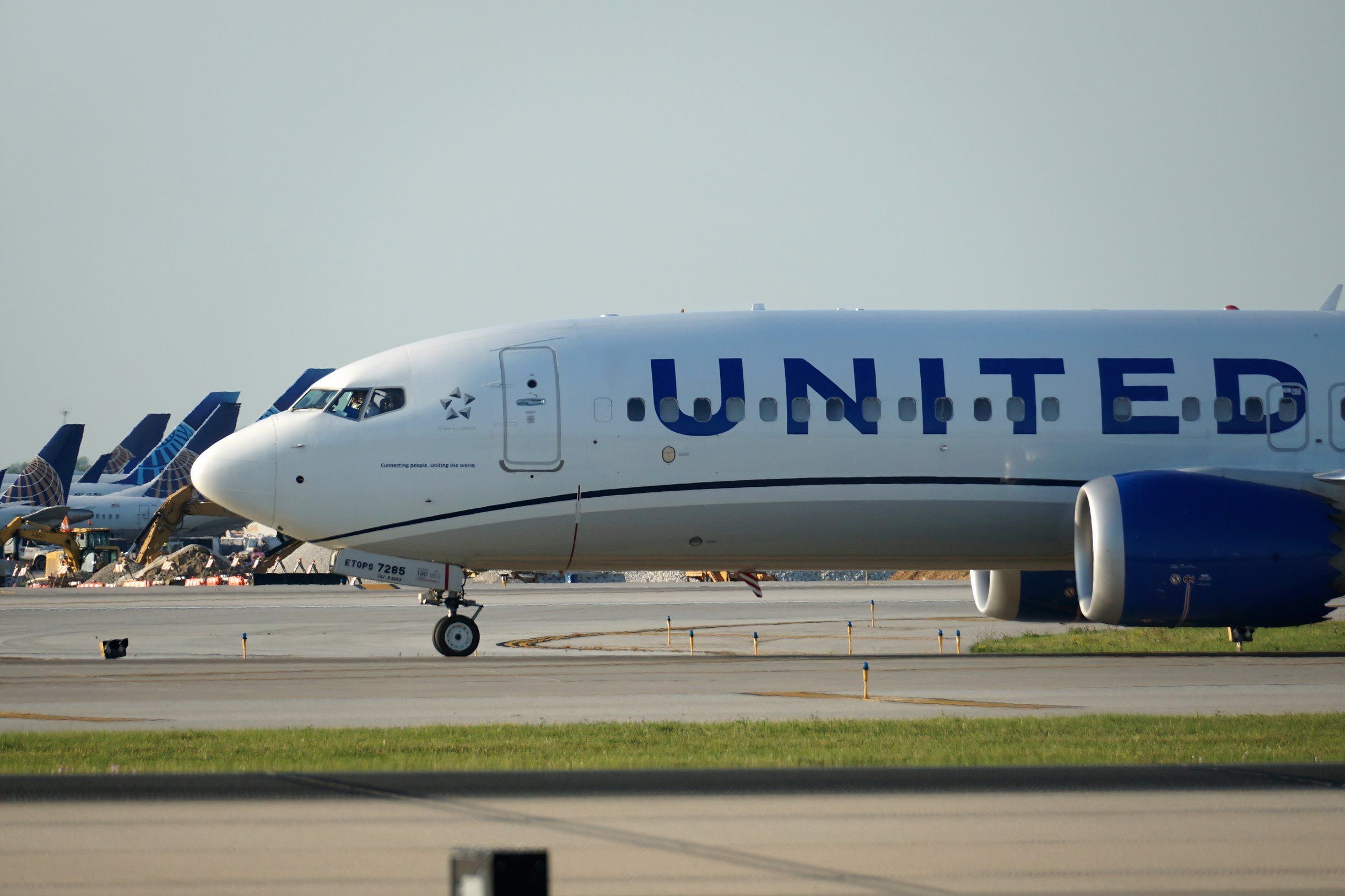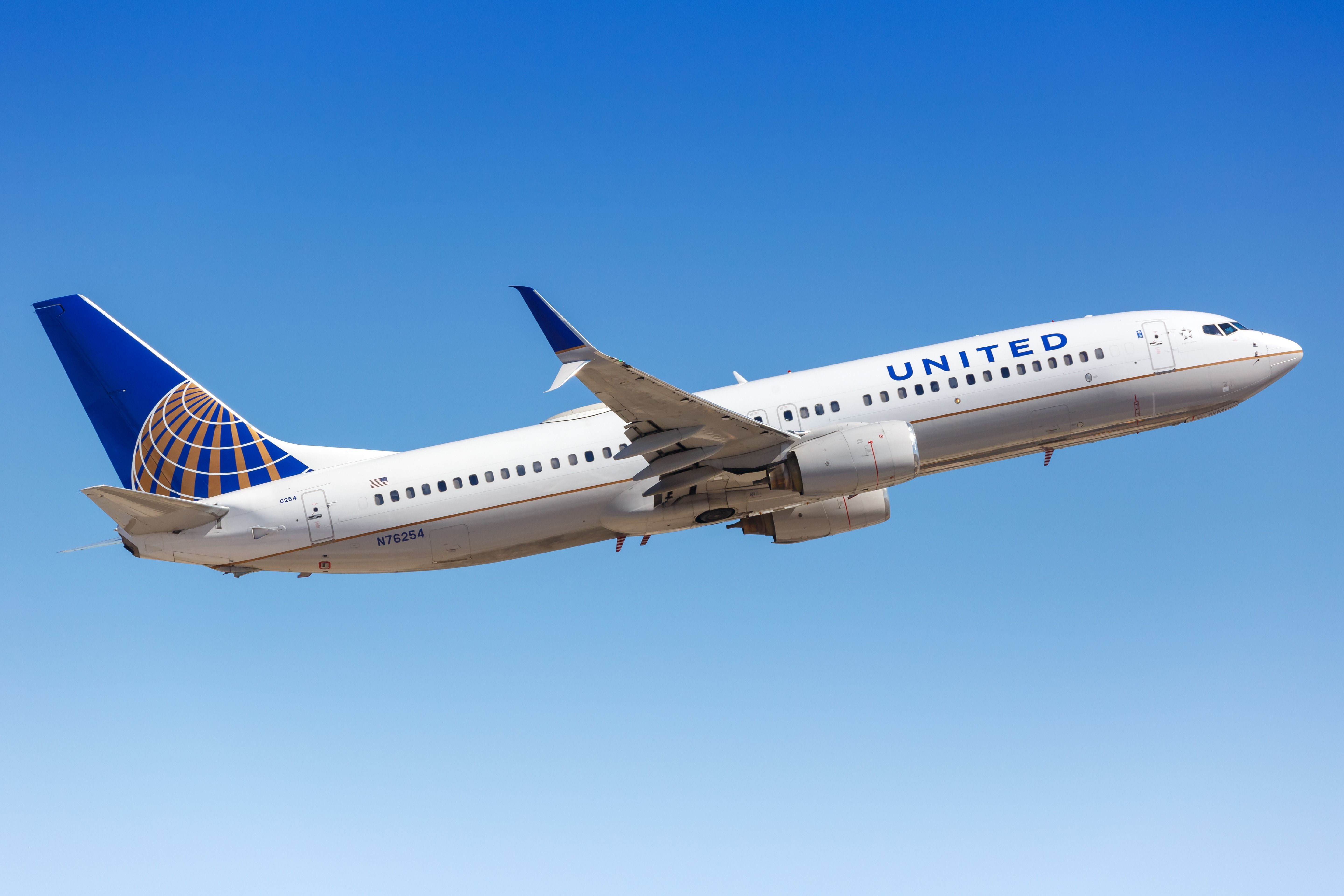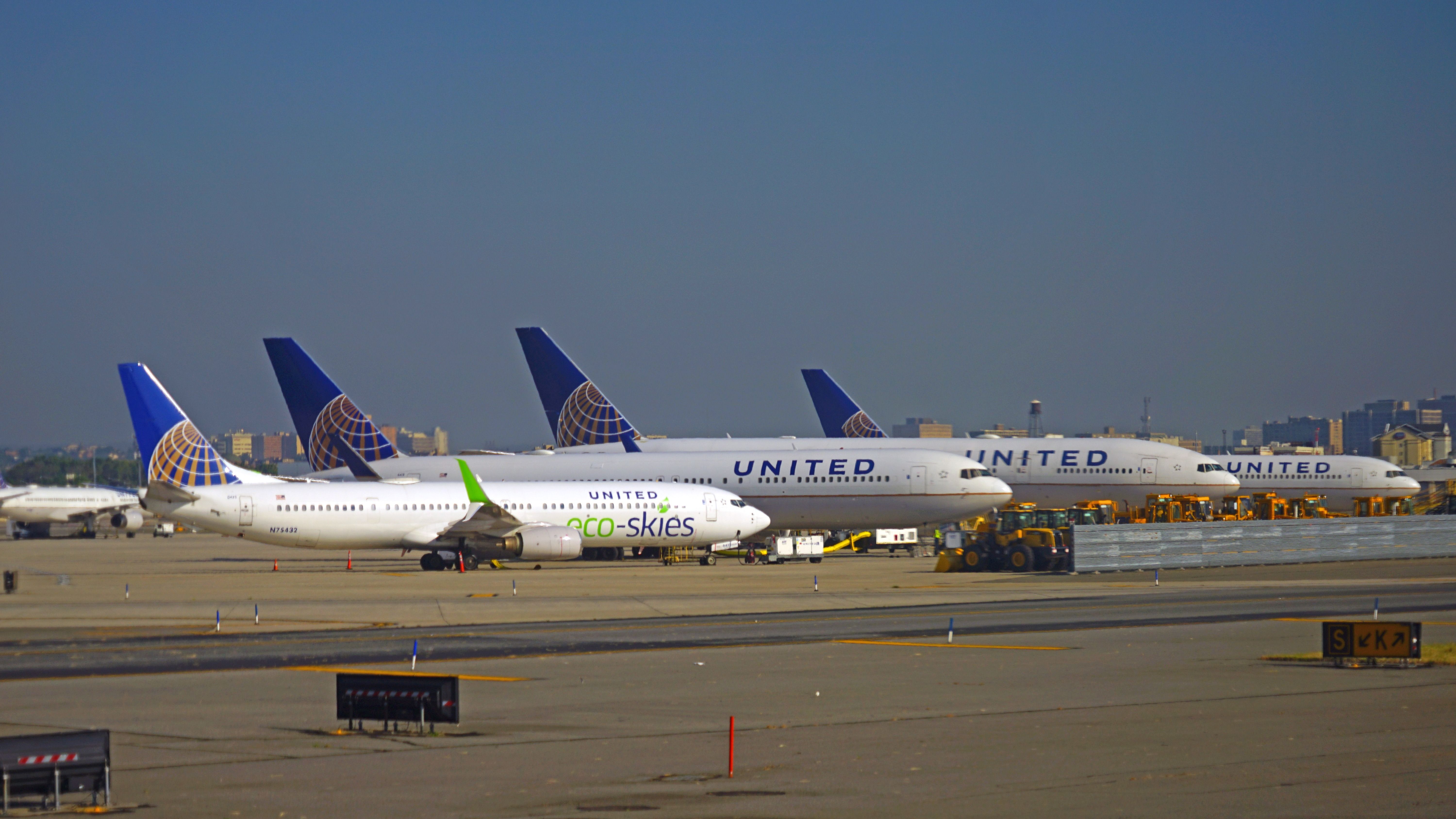Summary
- United Airlines partners with NOAA to measure greenhouse gases by equipping a Boeing 737 aircraft with a measuring instrument.
- The cost-effective method of monitoring atmospheric pollutants using commercial aircraft will greatly benefit US scientists.
- United Airlines’ collaboration with NOAA aligns with the carrier’s goal of reducing greenhouse gases and contributing to a safer environment.
United Airlines and the National Oceanic and Atmospheric Administration have come together to measure atmospheric pollutants and greenhouse gases by equipping one of the carrier’s Boeing 737 planes with an instrument. This will not only reduce the cost for the US government for such projects but also help scientists measure greenhouse gas emissions more accurately in the US.
United Airlines partners with NOAA
The United States Government has come up with an effective way to monitor greenhouse gases in the atmosphere by bringing together United Airlines and the National Oceanic and Atmospheric Administration (NOAA) in a partnership.
The deal includes equipping one of United’s Boeing 737 aircraft with an instrument that measures carbon dioxide, methane, and other greenhouse gases. This will also help scientists better forecast weather.
Photo: MKPhoto12 | Shutterstock
According to Bloomberg, the 100-pound instrument package will be 22 inches long and 18 inches across and will be attached to the fuselage of the 737. The Cooperative Research and Development Agreement (CRADA) was announced at the White House Super Pollutants Summit in Washington D.C. Sarah Kapnick, Ph.D., NOAA’s chief scientist, said,
“This collaboration represents a significant leap forward in U.S. efforts to monitor and mitigate greenhouse gas emissions. If we can harness the capabilities of commercial aircraft we will be poised to make rapid advancements in the understanding of greenhouse gas emissions that can inform policies.”
Cost-effective method
The practice of equipping aircraft with instruments to monitor the atmosphere for pollutants or weather patterns is not new. NOAA’s Global Monitoring Laboratory (GML) collaborates with private pilots to collect air samples through 14 regular flight routes in the US around three times a month.
Photo: Markus Mainka | Shutterstock
However, equipping a commercial airline aircraft to measure greenhouse gases will allow for a larger pool of data across various locations in a day and under different conditions. It will also be a lot more cost-effective than arranging separate flights for this purpose. Colm Sweeney, who leads GML’s commercial aircraft program, commented,
“We’ll be collecting data over multiple cities multiple times a day, in different seasons, and under varying weather conditions. This will allow scientists to more accurately measure U.S. emissions at sub-regional scales, which is one goal of a national greenhouse gas monitoring strategy announced earlier this year, and at just 1% of the cost of deploying research aircraft.”
Indeed, this collaboration will likely benefit US scientists conducting atmospheric research, which has traditionally been costly and limited in terms of the area it can cover.
Aligns with United’s goals, too
United Airlines, like other major carriers around the world, has its own goals of reducing greenhouse gases and contributing to a safer environment. One of those is reducing contrails—the white streaks that come off high-flying jet airplanes.
Photo: EQRoy | Shutterstock
Contrails are essentially clouds that form when “water vapor condenses and freezes around small particles (aerosols) in aircraft exhaust,” as explained by the Center For Science Education. They can trap heat that would otherwise escape into space.
According to NOAA, the water vapor measurements from the current project will help determine which locations are more susceptible to contrails so that airplanes could then take different routes.
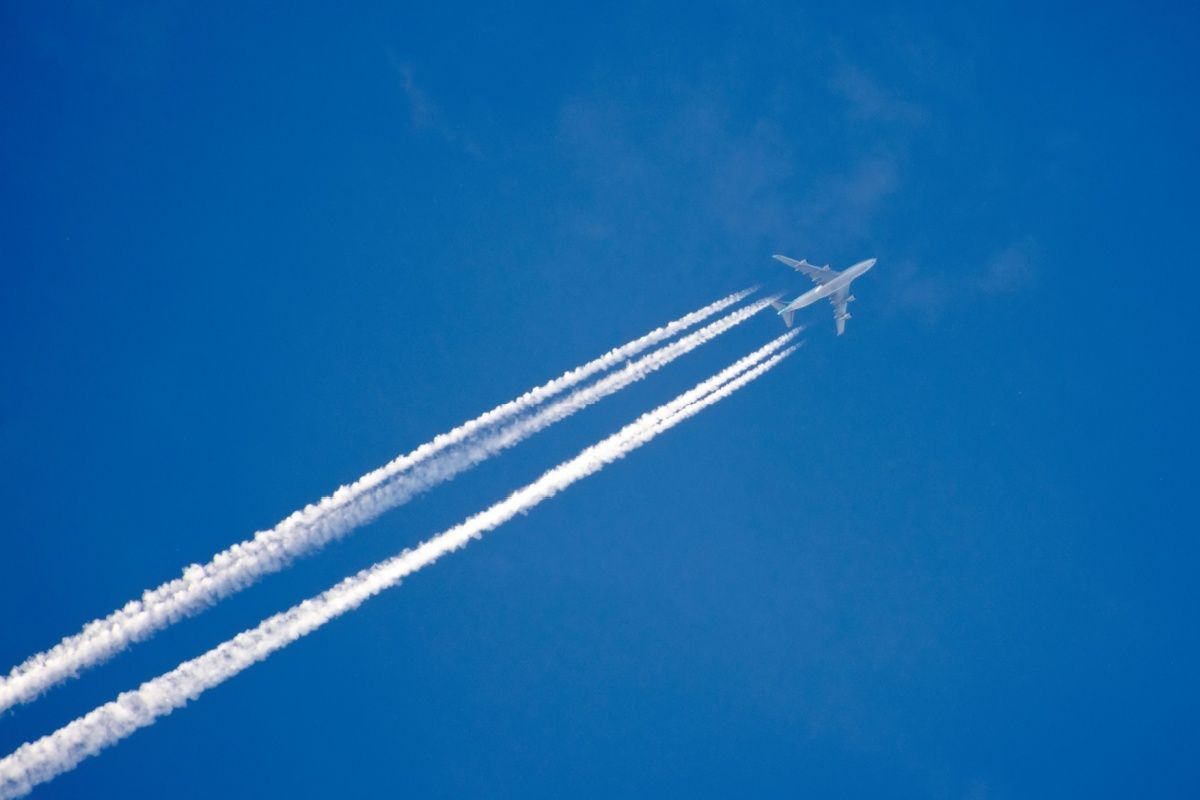
Related
67% Of Aviation’s Contrail Pollution In Europe Not Covered By New EU Commission Rule
The Commission’s new non-CO2 emissions tracking scheme includes only five of the 100 most polluting routes.

